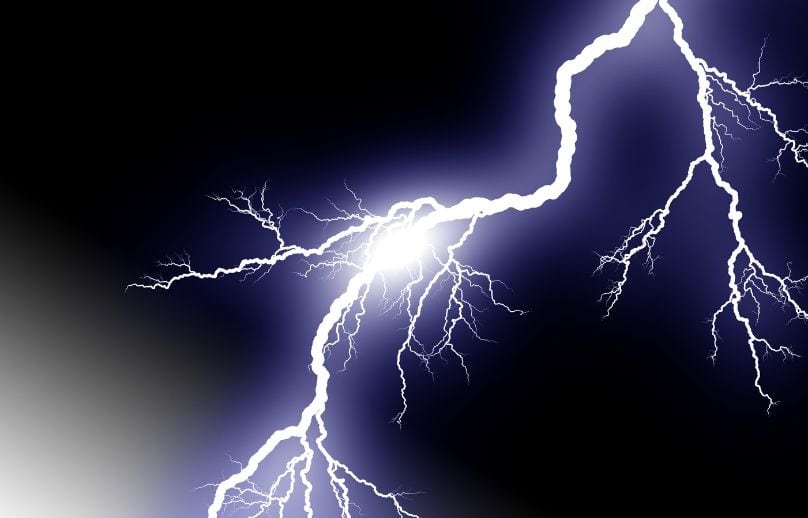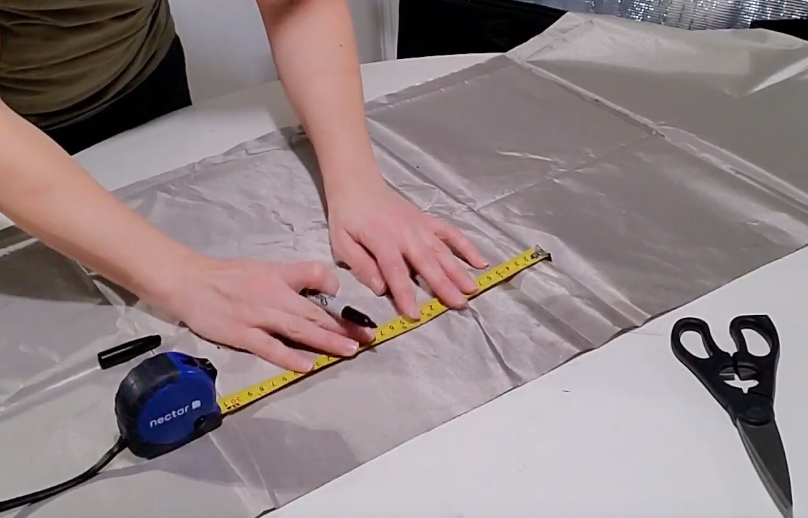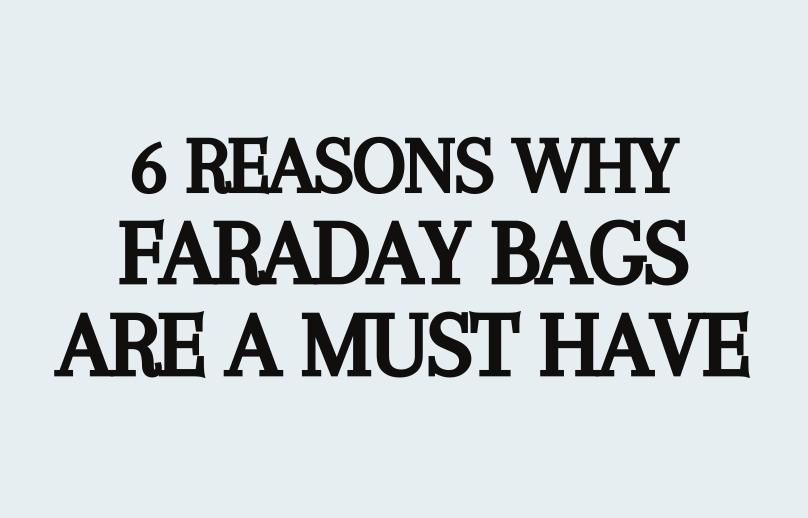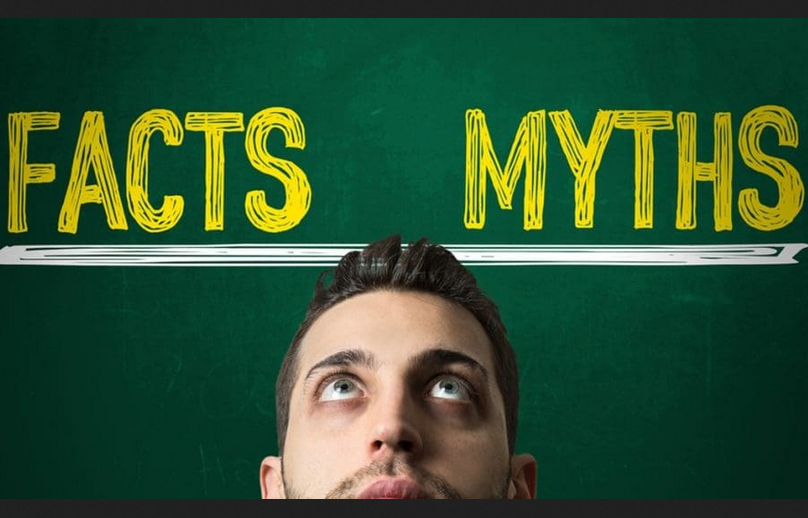I receive so many questions about Faraday bags that I decided to make a specific page answering the most frequently asked questions. If you are looking to purchase one check out my top choice Faraday bags for phones, laptops and all your other electronic devices you want to protect.
I hope this answers some of the questions you may have. Feel free to reach out with any other questions!
- 1. How do Faraday bags work?
- 2. How well do they work?
- 3. How do I know if it’s working?
- 4. Why should I use a Faraday bag?
- 5. How do I use a Faraday bag?
- 6. Who makes the best bags?
- 7. What should I store in my backpack or bag?
- 8. Who uses Faraday bags?
- 9. How much do they cost?
- 10. Where can I find the lowest prices?
- 11. Where should I use a shielding bag?
- 12. What size are the bags?
- 13. What is the capacity of the bag?
- 14. What special features do they have?
- 15. When should I use a shielding bag?
- 14. How much do these bags weigh?
- 15. What kind of warranty do they come with?
- 16. What shielding material is used?
- 17. Where does Faraday come from?
- Thanks for the Questions
- References
1. How do Faraday bags work?
Faraday bags are lined with layers of conductive mesh material (like silver, copper, etc.) that block signals from reaching the items within the bag. The mesh conducts electric currents around the item you’re protecting.
This means cellular signals, WiFi, Bluetooth, 5G, RFID, etc can’t connect to your phone. The holes in the mesh have to be small enough so electric waves can’t go through them and it has to completely seal to block out all currents.
It protect devices from radio frequency (RF) signals or from electromagnetic pulses (EMPs). And blocks hackers or larger bodies from tracking your location, hacking into your personal or work information. It also keeps EMFs away from your body.
Your bag or pouch is a variation of the Faraday cage (discovered in the 1800s) that is small enough to be portable but still using the same types of conductive materials to block signals from reaching inside the cage.
2. How well do they work?
These bags and pouches are used by the military, police, government leaders, corporate leaders, and other people deemed important. If they’re using them then you know they work.
Besides that there’s a ton of research and testing on the bags, lots of reviews from people very happy with them, and you can test them out yourself easily.
Faraday cages are used in important laboratories for delicate research that can’t be affected by any energetic waves or EMFs.
It’s important to note that they do not work if you don’t properly close your bag, if there’s an opening to the cage itself, signals can get in. And they can degrade overtime so it’s important to test yours if you’ve had it for a while.
3. How do I know if it’s working?
Here are a few ways to tell if your bag is shielding effectively:
- Check for a tight seal: Make sure that the bag is properly sealed so that no outside EMF can enter (some bags are velcro, others roll to close, some have extra buckles).
- Try calling or texting your phone after it is placed in the bag.
- Turn Bluetooth on and try to pair with the items (smartwatch, laptop, fitness tracker, phone) inside your bag.
- Use an EMF Meter on the outside of your bag. Your reading should be near zero (although that depends on what else is around you too).
You should feel pretty confident your bag is working, if you picked one of my top recommendations but these steps give you a clear picture of whether it’s blocking outside electromagnetic fields and signals or not.
4. Why should I use a Faraday bag?
These bags have so many benefits and uses, including;
- Reducing electromagnetic radiation exposure
- Preventing personal data loss from hackers
- Protecting electronic devices from EMPs
- Shielding electronic devices from RFID skimming
- Increasing the lifespan of electronic devices
- Blocking location tracking
- Keeping work information and financials secure
5. How do I use a Faraday bag?
Just put your device (keyfob, mobile phone, smartwatch, laptop, tablet, etc.) inside your bag and make sure it is completely sealed. Then use it how you would any other bag. There are other compartments for your regular items too.
Depending on the bag (phone pouch, backpack, laptop bag, purse, duffel bag, or giant electronic bag) you can fill it as much or as little as you want.
Some are great for prepping, travelling, or going on a wilderness adventure (all weatherproof). They’re all useful in crowded areas where your devices are most at risk.
6. Who makes the best bags?
This is a tough question! I am a big fan of Mission Darkness, because they make military-grade, high quality bags. I also love Silent Pocket bags because they’re a little more classy and look like regular backpacks or laptop bags. And I like OffGrid bags because they’re also discreet and high quality.
DefenderShield is now making Faraday bags too. They make premium products and accessories and I’ve never had a problem with anything from that company.
You can check out my top 10 bags and pouches here. I also have recommendations for each type of bag.
7. What should I store in my backpack or bag?
Any wireless device that you’re concerned about hackers and RF emissions should go in your shielded pouch. This includes your;
- Cellphone
- Tablet
- GPS
- Laptop
- Keyfob
- Banking and credit cards
If preparing for an EMP then you’ll want to store the following;
- Hard drives
- Flash drives
- Radios
- Walkie talkies
- Emergency scanners
- Medical equipment (blood pressure monitor, O2 or glucose reader, thermometer, etc)
- LED flashlights
- LED lightbulbs
- Recharable batteries and chargers
- Inverter (backup power source)
- Power tools
- EMF meter
- Portable antenna (GenTenna)
8. Who uses Faraday bags?
These bags are used by law enforcement, military, investigative teams, digital forensic teams, government officials, corporate leaders, and I would imagine some Hollywood stars (although I don’t know any officially that do).
They are used to prevent wireless scrubbing of confiscated devices and secure important information.
People concerned with EMF radiation also value these pouches and bags to reduce their exposure to the emissions from wireless technology.
Preppers are also big fans of this type of technology as its valuable in protecting personal identity, location tracking, and to prevent electronics from being destroyed if a man-made or natural EMP were to occur.
9. How much do they cost?
It all depends on the type of bag your buy. They can range from $10 to $1000.
I would recommend going with a higher quality bag, which is going to be more expensive than entry level ones but the shielding mesh is not going to degrade like a cheaper one, the closure seal is going to last longer, and the bag in general, is going to last you a lot longer. They are designed to last.
10. Where can I find the lowest prices?
There isn’t much of a difference in price between buying them on Amazon or from the company website directly. Sometimes there are flash sales or website discounts.
I try to stay up-to-date on the latest discounts and share them to my email list and on Facebook. If you’d like to stay in the know you’re more than welcome to follow me at either location.
11. Where should I use a shielding bag?
I use mine every day. I have a shielding backpack I use regularly, especially when I’m out with my kids alone. That way I can store all their necessary items but have a secure storage compartment for my phone. This also helps reduce the EMF emissions all of us are exposed to.
I also have a man-bag, I use for my cellphone when I don’t need all the toddler stuff. Some people might judge me for it but have you seen the rates of colorectal cancer and male infertility? There is a significant connection between cell phones being carried in your back pocket and these issues.
Other people like to use shielding technology if they bring home work on their laptop regularly, especially if you use public transportation.
And still others prefer just to use the larger type duffel bags for travelling, securing their vehicles as well as personal, location, and banking information secure in other countries and at busy airports.
12. What size are the bags?
You can find a blocking bag in so many different sizes. They can be small enough just to fit your keyfob or smartphone and large enough to fit entire generators, computer servers, or solar panels.
The most common size tends to be in between those, like the laptop bags, backpacks, purses, and duffel bags.
You can find measurements for each bag online. It’s best to figure out what exactly you’re planning to keep protected and go from there.
13. What is the capacity of the bag?
Again, it all depends on the bag your buy. The larger bags can have special features like detachable pouches and lots of pockets to better organize and sort your items.
14. What special features do they have?
All Faraday bags protect your electronic devices but depending on the bag they may have unique features. Some of these include;
- Detachable MOLLE or Faraday pouches
- Waterproof, weatherproof, all terrain
- Multiple straps to use as a backpack or shoulder bag
- Multiple pouches within the bag
15. When should I use a shielding bag?
If only cyberattacks were done at certain times, it would make life easier! We really have no idea when or where your wireless device may be attacked or when an EMP will occur.
To keep your data and location protected, it’s best to keep your device in one of these protected compartments all the time.
Since your smartphone is always emitting EMFs as it connects to cell towers, WiFi, Bluetooth, etc. if you’re concerned about what this exposure can do to your body and brain then when you’re phone is close to your body, it’s best kept within a Faraday pouch.
14. How much do these bags weigh?
The weight is going to vary, depending on the size of the bag. But they are designed to be lightweight. The shielding fabric is a mesh. It’s designed this way to keep it lightweight and portable.
The original cage was straight metal sheets. Having a backpack lined with aluminum sheets isn’t going to be functional for anyone!
15. What kind of warranty do they come with?
Depending on the manufacturer, warranties can range from a one year warranty to a lifetime warranty. For example popular brands like Mission Darkness, Silent Pocket, and DefenderShield offer 1 year warranties. TICONN offers a life time warranty on their key fob bags.
16. What shielding material is used?
Within your bag is layers of conductive fabric or metal mesh. It’s usually 2-3mm thick and can be made of silver, copper, or a unique proprietary blend.
DefenderShield uses UltraArmor™ Shielding Technology, while Mission Darkness uses a TitanRF fabric.
17. Where does Faraday come from?
Faraday bags are named after English scientist Michael Faraday, who in 1836 discovered that certain metals could block electromagnetic fields.
This discovery led to the development of the Faraday cage, a device that uses conductive material to enclose an area in order to block electromagnetic fields. Michael Faraday actually stayed inside his large box for a chunk of time measuring electricity.
Thanks for the Questions
I hope this answers your questions and helps you decide on the right cybersecurity bag for your needs. Feel free to send me a message with any other questions you may have and don’t forget to check out my recommendations for the best bags and the top choices in each category.
References
https://www.juliantrubin.com/bigten/faradaycageexperiments.html




